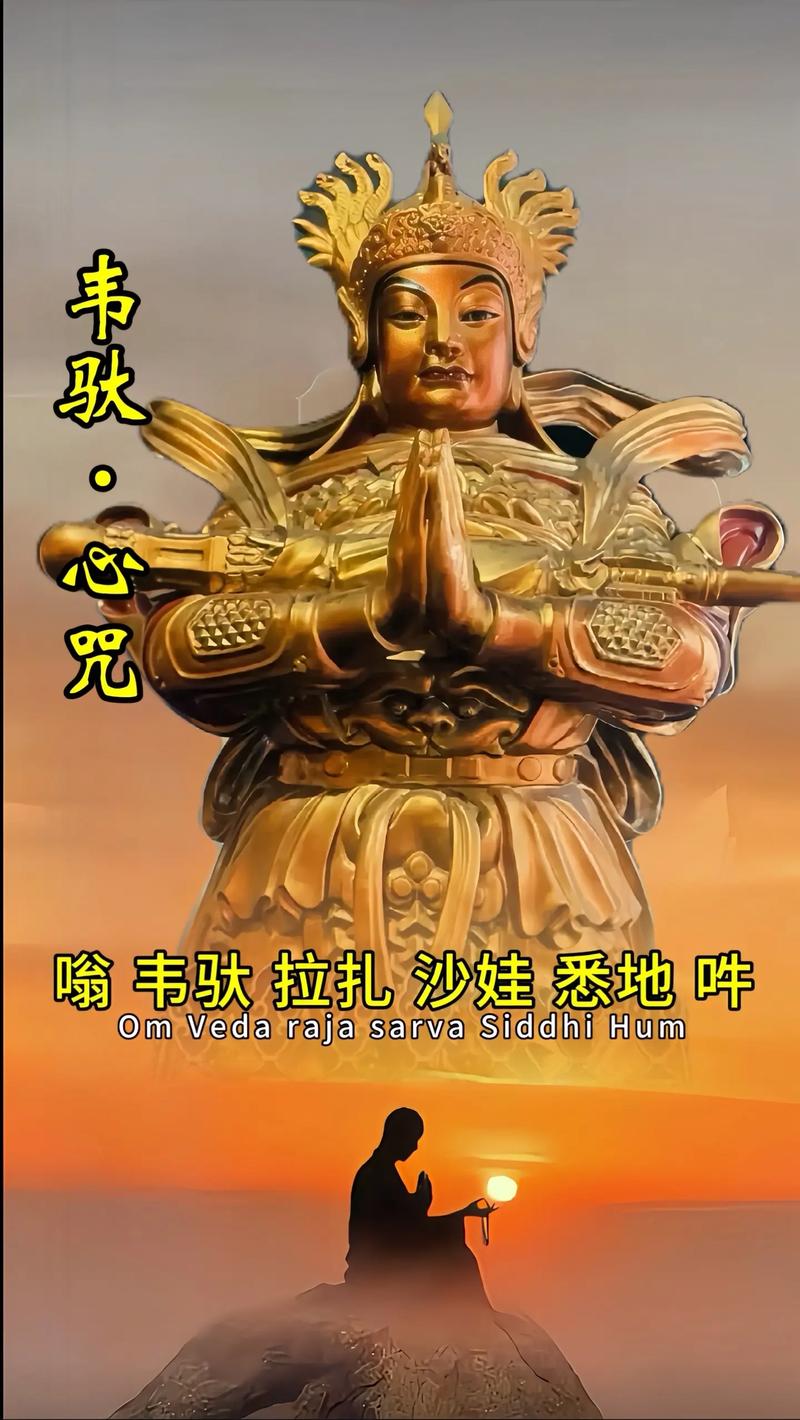Discovering the Profound Meaning of “Om Ah Hum Vajra Guru Padma Siddhi Hum”: A Detailed Exploration
Have you ever come across the mantra “Om Ah Hum Vajra Guru Padma Siddhi Hum” and wondered about its significance? This mantra, deeply rooted in Tibetan Buddhism, holds immense spiritual power and is believed to bring about enlightenment and protection. In this article, we will delve into the meaning, origins, and practical applications of this powerful mantra, providing you with a comprehensive understanding of its essence.
Origins and Historical Context
The mantra “Om Ah Hum Vajra Guru Padma Siddhi Hum” is a part of the Vajrayana tradition, also known as Tantric Buddhism. It originated in India during the 8th century and was later spread to Tibet by Guru Padmasambhava. The mantra is considered to be a sacred text that embodies the teachings of the Buddha and is used for meditation, healing, and empowerment.

According to historical records, Guru Padmasambhava was a great tantric master who brought Buddhism to Tibet. He is revered as the second Buddha and is believed to have the power to transform the minds of sentient beings. The mantra “Om Ah Hum Vajra Guru Padma Siddhi Hum” is attributed to Guru Padmasambhava himself and is considered to be a powerful tool for achieving enlightenment.
Meaning and Symbolism
Let’s break down the meaning and symbolism of each part of the mantra:
| Part of the Mantra | Meaning | Symbolism |
|---|---|---|
| Om | The sound of the universe | Represents the ultimate reality, the source of all existence |
| Ah | The sound of the sun | Represents the wisdom of the Buddha, illuminating the path to enlightenment |
| Hum | The sound of the moon | Represents the compassion of the Buddha, nurturing the hearts of sentient beings |
| Vajra Guru | The indestructible thunderbolt and the teacher | Represents the power of the Buddha to overcome obstacles and the guidance of a spiritual teacher |
| Padma Siddhi | The lotus of accomplishment | Represents the attainment of enlightenment and the purity of the mind |
| Hum | The sound of the moon | Represents the compassion of the Buddha, nurturing the hearts of sentient beings |
Together, these components create a powerful mantra that is believed to invoke the blessings and wisdom of the Buddha, helping practitioners to overcome obstacles and achieve enlightenment.
Practical Applications
The mantra “Om Ah Hum Vajra Guru Padma Siddhi Hum” can be used in various ways to enhance spiritual practice and personal growth:

-
Meditation: Practitioners can recite the mantra during meditation to focus the mind and invoke the presence of the Buddha. It is believed that the mantra can help purify the mind and cultivate wisdom and compassion.
-
Healing: The mantra is often used for healing purposes, both physically and mentally. It is believed that the mantra can help alleviate pain, reduce stress, and promote overall well-being.
-
Empowerment: The mantra is used for empowerment ceremonies, where practitioners receive blessings and guidance from the Buddha. It is believed that the mantra can help practitioners develop their spiritual abilities and achieve higher levels of enlightenment.
Conclusion
The mantra “Om Ah Hum Vajra Guru Padma Siddhi Hum” is a powerful tool for spiritual growth and enlightenment. Its origins, meaning, and practical applications make it a valuable resource for anyone interested in Tibetan Buddhism or the practice of mantra meditation. By exploring the depths of this mantra, we can gain a deeper understanding of the teachings of the Buddha and cultivate a more profound connection with the divine.



